5 Important Things About Your Tablet Coating Machine
Are you struggling to achieve the perfect coating results for your tablets? Perhaps you're new to the pharmaceutical industry and looking to learn more about tablet coating machines, or you've recently invested in one but aren't sure how to optimize its use. Whatever the case, understanding the critical facts about tablet coating machines is essential to achieving the desired results.
Not sure know where to start? Don't worry, we're here to help. This blog post will explore 12 important facts that will help you improve the efficiency and performance of your tablet coating machine. After reading this post, you will have the necessary knowledge to improve the quality of your tablets and elevate your pharmaceutical production to a higher level.
1. Tablet coating machines come in different kinds.
Before making any move, knowing the different types of machines available and their unique features is essential. This helps to navigate you to the right equipment. Modern-day tablet coating machines can be divided into three types. They're standard coating pans, perforated pans, and fluid bed coaters.
Standard Coating Pans
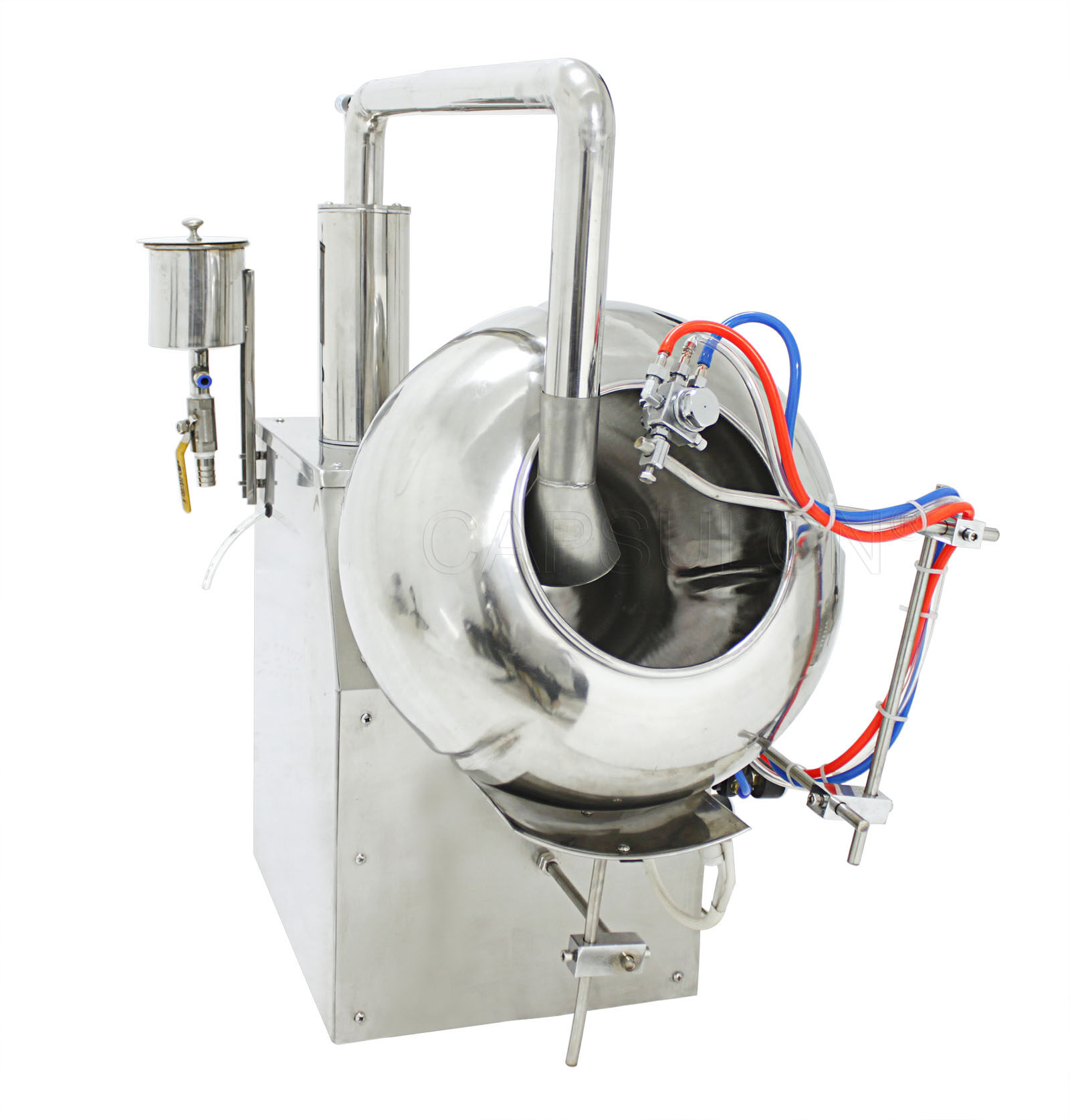
Standard coating pans are the most basic type of tablet coating machine. They come in a circular metal pan. The coating solution is sprayed onto the tablet bed using a spray gun or a set of nozzles. The tablets tumble as the pan rotates, allowing the coating to dry and harden.
Standard coating pans are relatively simple to use. Yet, they can be time-consuming and require manual intervention. This can lead to inconsistencies in coating quality.
Perforated Pans
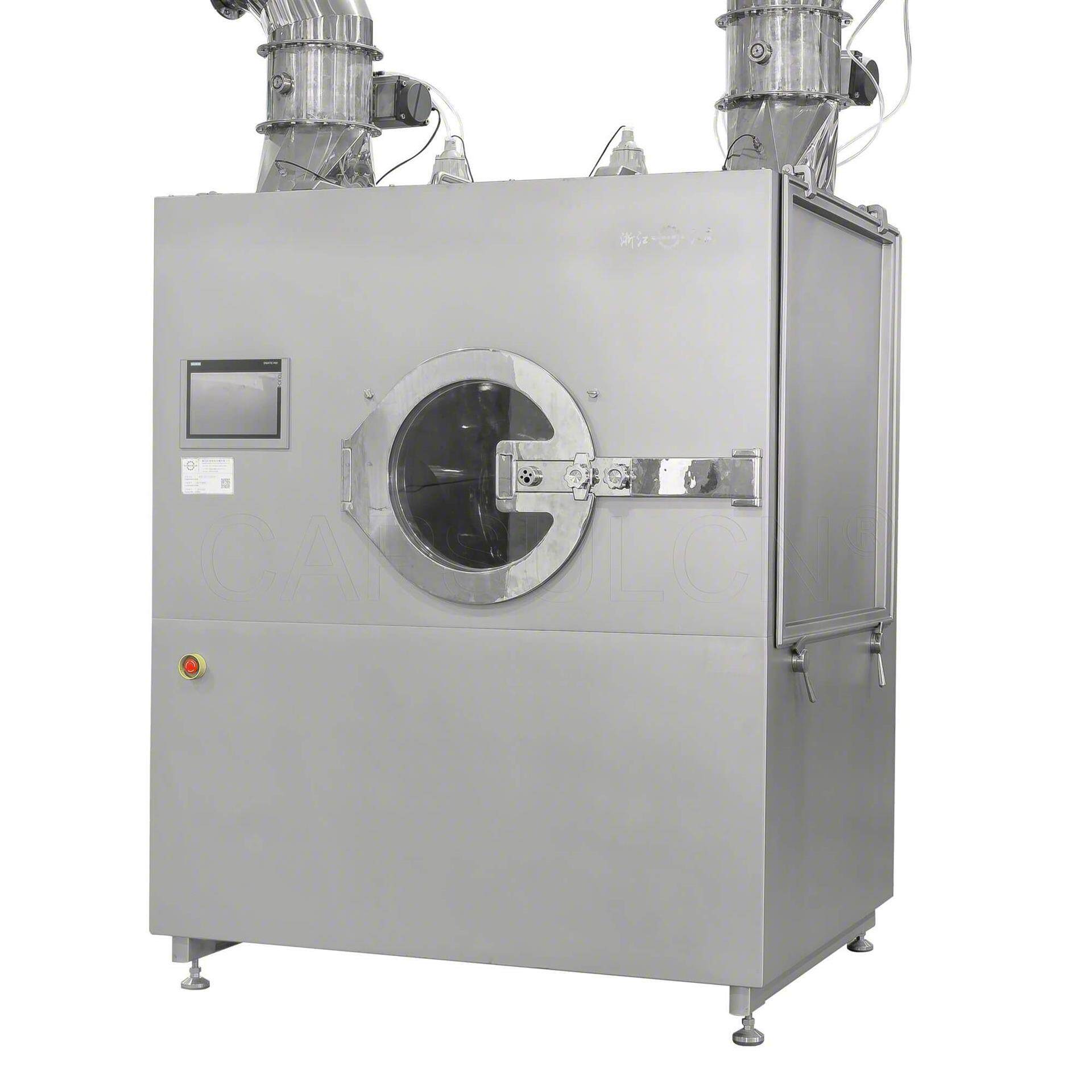
Perforated pans are the most popular type of tablet coating machine. They feature a partially or fully perforated drum with baffles. The drum rotates horizontally as a spraying system applies the coating solution onto the tablets. The excess solution falls through the perforations.
Perforated pans offer better control over the coating process than standard coating pans. They can also be used for larger batches of tablets and require less manual intervention.
Fluid Bed Coaters
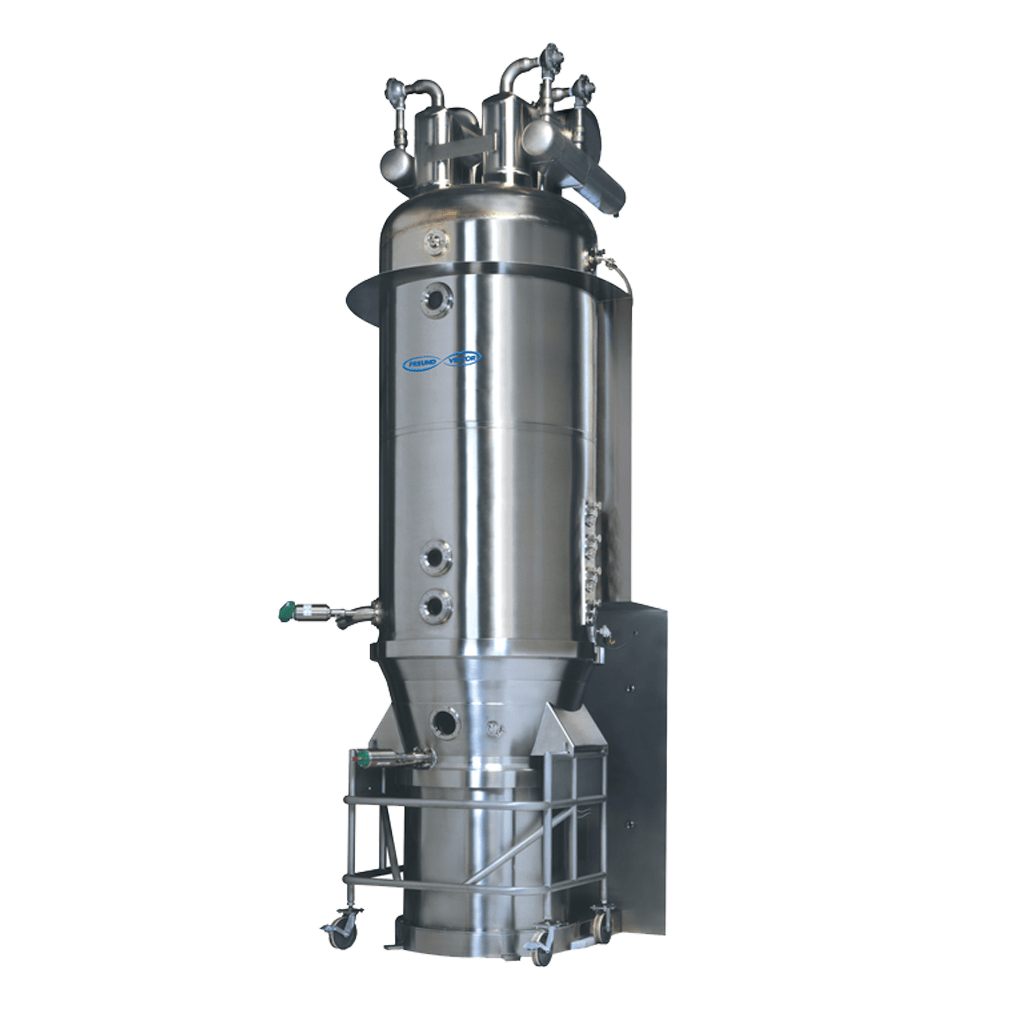
Fluid bed coaters are the most advanced type of tablet coating machine. They use a fluidized bed of air to suspend the tablets. The coating solution is sprayed onto the tablets as they float.
Fluid bed coaters allow precise control of the coating solution and the airflow rate. They also offer better efficiency and faster processing times than the other two types of coating pans, making them suitable for large-scale production.
2. Capacity is an important consideration.
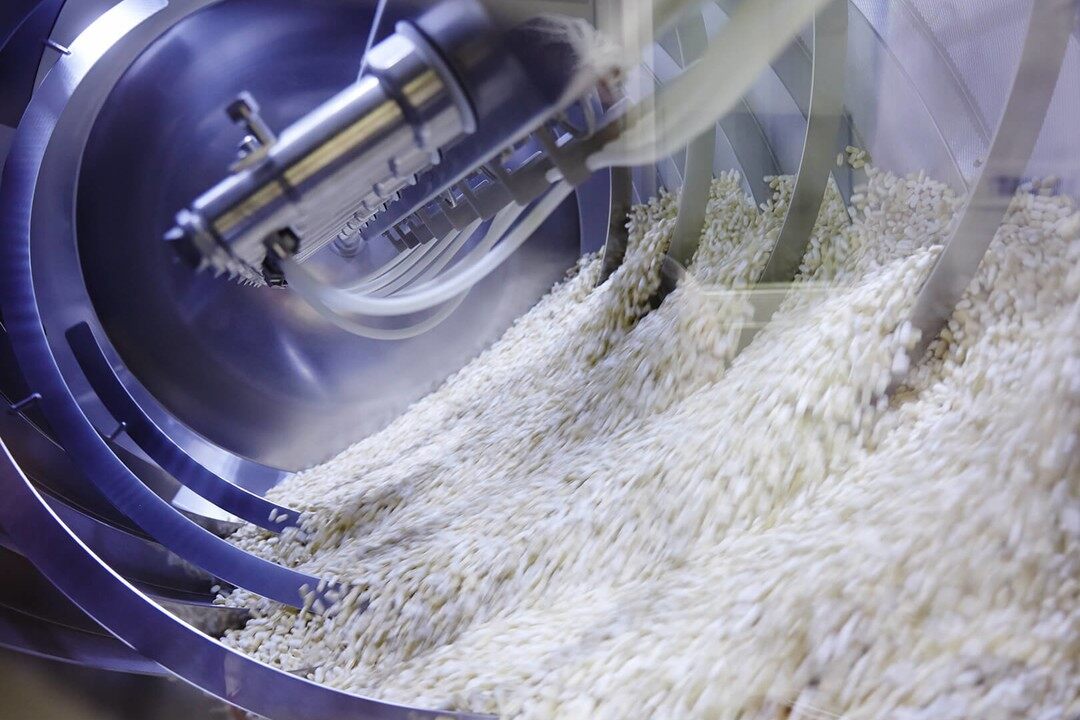
The tablet coating machine capacity determines the amount of product that can be produced in a specific time frame. You should pick the equipment with the appropriate capacity based on your production scale.
Then how to calculate the capacity of a tablet coating machine? Here's a formula to help you do the calculation.
Capacity (in tablets) = (Brim volume of coating pan * Bulk density of tablet cores) / Average weight of a single tablet core
Where:
- Brim volume of coating pan is the total volume of the pan when filled to the brim.
- Bulk density of tablet cores is the weight of the tablet cores divided by their volume.
- Average weight of a single tablet core is the total weight of all the tablet cores divided by the total number of tablet cores.
To determine the maximum number of tablets your tablet coating machine can produce, simply input the correct values for each variable.
3. Proper operation of the machine ensures high-quality products.
If you're looking to achieve a perfect and uniform coating on your tablets every time, operating your tablet coating machine correctly is very important. Here we focus on the essential steps of using a coating pan machine.
STEP 1: Prepare the coating solution
Before starting the machine, a coating solution needs to be prepared by mixing the components required for the specific tablet coating process. The components may include syrups, polymers, plasticizers, colorants, solvents, etc.
STEP 2: Load the tablet cores
The tablet cores to be coated can be manually loaded into the coating pan or using a feed hopper. The amount of cores will depend on the capacity of your tablet coating machine.
STEP 3: Start the machine
Once the tablet cores are loaded, the machine is started. The rotational speed of the coating pan will vary depending on the specific machine and the coating process used.
STEP 4: Apply the coating solution
The coating solution is sprayed onto the tablet cores automatically as the coating pan rotates. The application of the coating solution will vary depending on the type of coating machine being used. In fluid bed coaters, the tablets are coated when suspended in a stream of air.
STEP 5: Control the process
As you go through the tablet coating process, a few essential parameters need your close attention. These include the coating solution, the spray rate, the inlet air temperature, the exhaust air temperature, and the drying time, among others. Ensuring these parameters are properly monitored and controlled can guarantee that the coating is applied precisely.
STEP 6: Finish the process
Once the coating is complete, the finished tablets can then be discharged from the coating pan and packaged for distribution. Some coating machine models feature a CIP system that helps clean the coating pan after each cycle.
4. The critical process parameters need to be monitored.
As previously discussed, tablet coating requires careful monitoring of specific parameters to ensure the final product meets the necessary quality standards. What are these parameters exactly? Let's take a closer look.
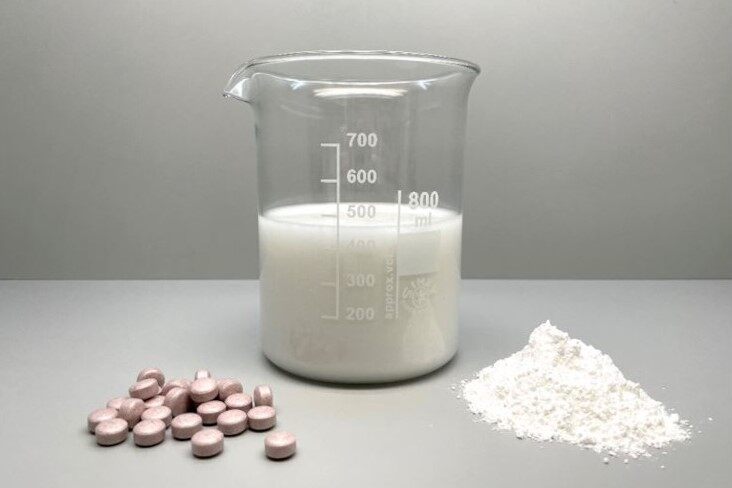
When making a coating for tablets, it's important to carefully control the coating material properties, such as components, density, viscosity, and pH. Plus, the solution needs to work well with the tablets and the equipment. This can ensure you get consistent, high-quality coatings every time.
Pan Speed
Pan speed is how fast the coating pan rotates when coating tablets. The ideal speed depends on tablet size, shape, and coating solution viscosity. A too-high or too-low speed can cause coating defects.
Inlet Air Temperature
The inlet air temperature used to dry the coating material should be carefully controlled to ensure that the coating dries uniformly and quickly.
Exhaust Air Temperature
To prevent any damages or defects to the coating, it is crucial to control the temperature of the air extracted from the coating pan. This is a key factor in guaranteeing the high quality of the end product.
Spray Rate
To ensure that the tablets are evenly coated, it is important to control the spray rate at which the coating material is applied. This prevents any potential issues, such as undercoating or overcoating.
Spray Angle and Distance
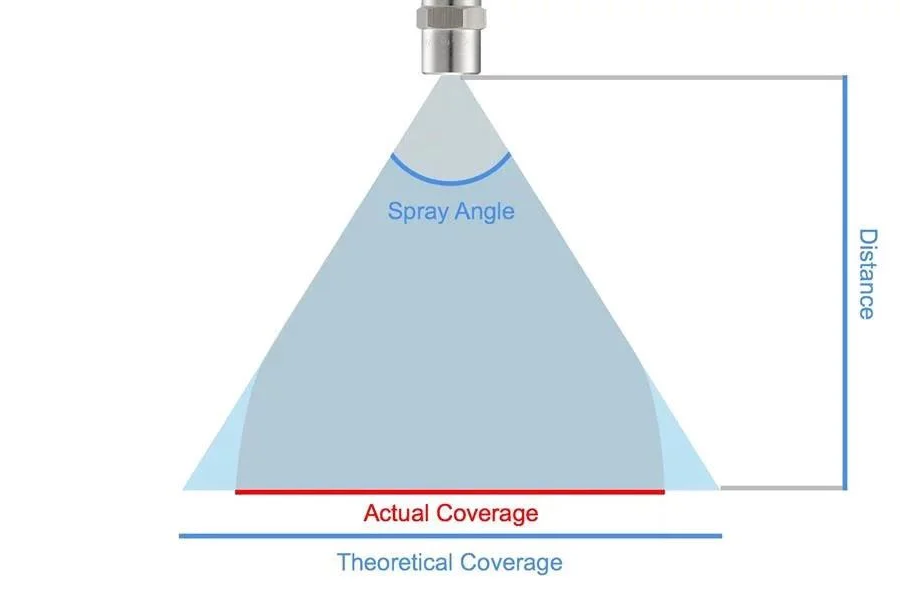
If you want to prevent uneven coating solution distribution, the spray angle and distance should be optimized. This ensures uniform coating of all tablets.
Atomization Pressure
Atomization is achieved by pushing the coating solution through a small orifice under high pressure. Tablet coating requires precise control of this process parameter as it affects droplet size and distribution.
5. Proper cleaning and maintenance are crucial.
Regular cleaning and maintenance are essential for ensuring your tablet coating machine performs optimally and has a long lifespan. You must take the necessary steps to keep the machine clean and well-maintained.

This involves:
- Clean the machine after each use
- Use appropriate cleaning agents
- Inspect the machine regularly
- Lubricate the machine
- Follow the manufacturer's maintenance schedule
- Replace worn-out parts
- Store the machine correctly
The Bottom Line
Tablet coating machines play a critical role in the pharmaceutical industry. They provide a uniform coating on tablets that is essential for their efficacy and safety. Familiarizing yourself with the key factors that influence tablet coating can assist you in producing high-quality coated tablets that meet regulatory requirements and patient expectations.
Leave your comment
Also Offers


Containment Automatic Capsule Filling Machine SFK-703

Fully Automatic Dosator Capsule Filling Machine CZ-40

Our Team
As an expert in the pharmaceutical and pharmaceutical packaging industry, iPharMachine has provided solutions for hundreds of pharmaceutical and health product manufacturers for 17 years. By visiting customers, we get good reviews from our customers.
- info@ipharmachine.com
- English Español Deutsche







